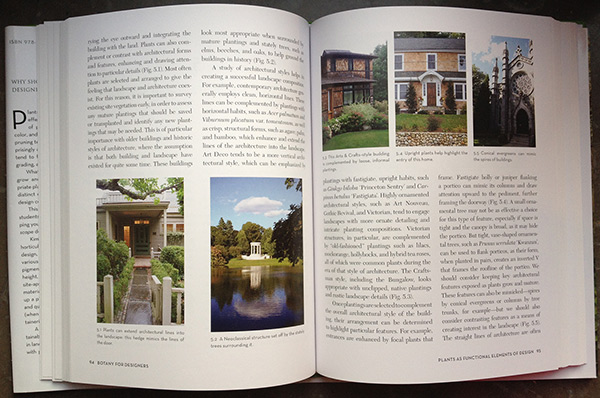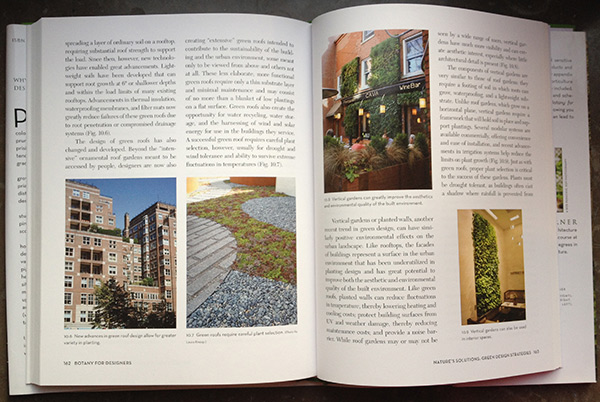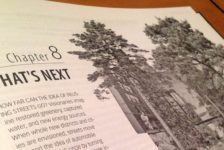Botany for Designers is a that offers a crash course in understanding plants and the role they can play in design. The actual botany/biology of plants is something that is often noticeably lacking from landscape architectural education. Author Kimberly Duffy Turner attempts to remedy this gap, commenting that surely landscape architectural education warrants more than one or two courses on plants — especially in the current climate where sustainable and ecological aspects of design are so integral to our roles.
Outline of the book
This book explores how plants can be living elements of our design. Turner suggests that an understanding of the biology behind those elements can ensure our design stands the test of time. Chapter 1 — What’s in a Name? — illustrates that knowing the different cultivars of your plants means being able to provide a client with a full breadth of knowledge should they suggest a plant they want, but perhaps blooms at the wrong time or isn’t hardy enough. Indeed, knowing how and when your plant will thrive is essential in creating the effect you want, and the second chapter (The Science of Cells: Keys to Plants’ Cultural Requirements) illustrates this. For example, Rhododendrons can be tricked into not blooming at the wrong time of year if exposed to too much light (like being placed near security lighting). This may be wanted at times, and at times not; the process that makes this happen is called photoperiodism (want to know what that is? Buy the book!).
Get it Here!
Subsequent chapters take us through the morphology of plants – their spatial and visual characteristics, the color of plants, and plants as functional elements of design, all from a botanical angle. Once we understand a plant’s nature, we can better use it as a design feature, being knowledgeable of how it will grow, change, and complete the design, especially if you know in what conditions they will thrive.
The book includes handy diagrams and plenty of photographs illustrating these points. The breadth of topics covered is impressive, and there are parts that are particularly enjoyable, such as the information on color theory. Did you know that if you look at red too long you’ll start to see green? It’s known as the fatigue effect. So it may be important in monocultural-oriented design to provide a different color at certain points in order to provide rest for the eye. An important note about the book is that in terms of applications — hardy zones, soil structures, and measurements — the book is American, and as such refers to Imperial measurements and American Institutions. Nevertheless, it’s teachings are universal and it should be easy enough to convert/find your relevant country’s equivalents.Get it Here!
Why should you buy Botany for Designers?
This is a book for anyone who feels stumped by their lack of opportunity to study plants in depth. From the morphology, botany, and biological makeup of plants to the use of color, texture, and form in design to choosing wood for hardscape, learning how to appropriately specify plants and trees for your design, and even touching on LEED certification and biomimicry, this book is about as comprehensive as it gets. There are even some handy appendices suggesting different plant palettes and a list of common botanical terms used in horticulture (a bit of a godsend, some might say!).
This is a great book for the budding designer interested in brushing up on plant knowledge. Botany for Designers: A Practical Guide for Landscape Architects and Other Professionals













